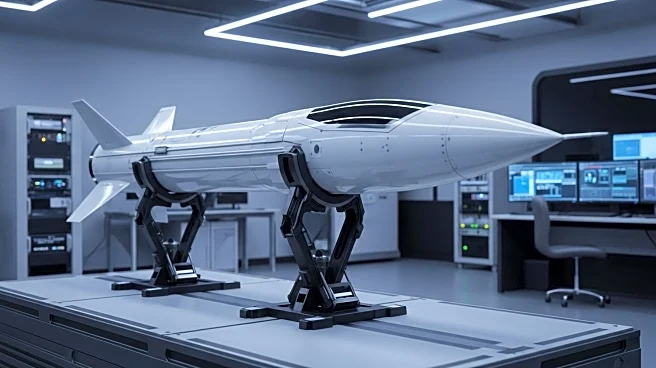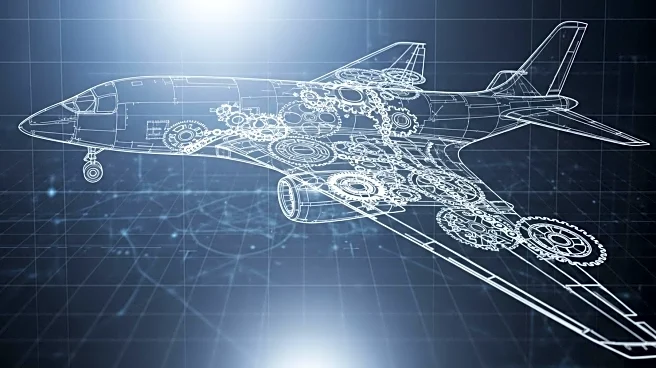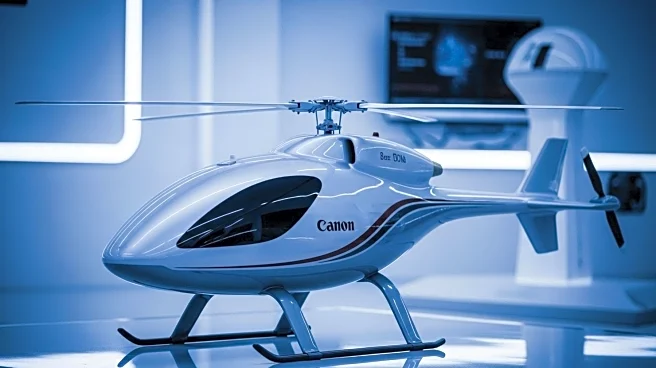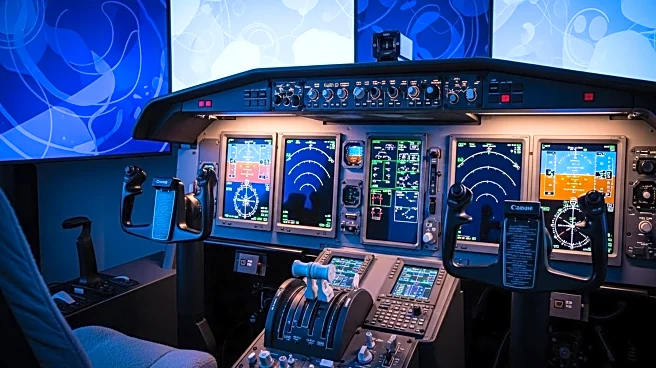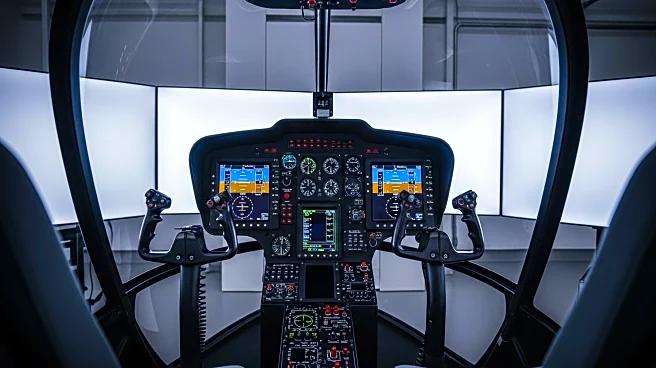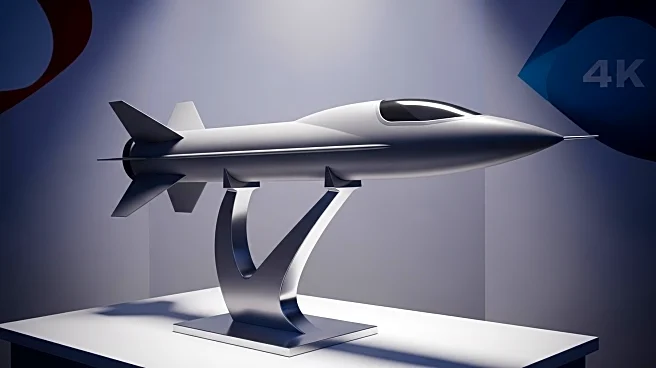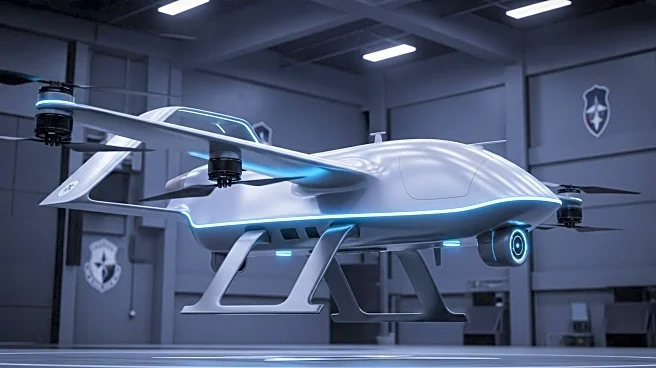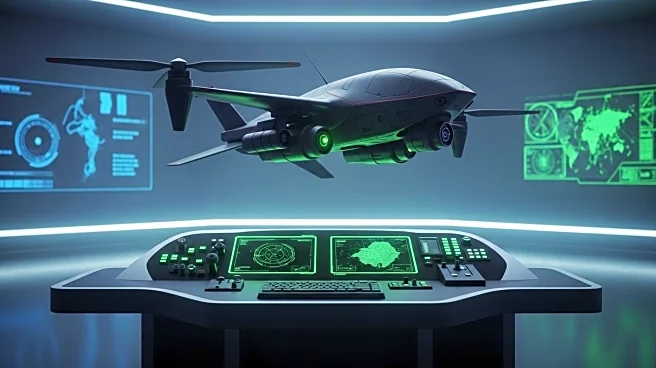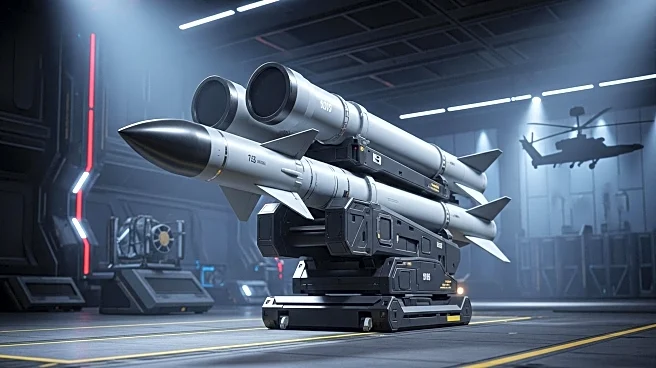What's Happening?
Boeing is making significant progress in developing a new missile for the U.S. Army's Indirect Fire Protection Capability (IFPC) system. This initiative follows the Army's 2023 announcement to introduce a second interceptor alongside the existing AIM-9X missile. The new missile aims to offer capabilities similar to the AIM-120 Advanced Medium-Range Air-to-Air Missile (Amraam) but in a smaller form factor, enhancing mobility and efficiency in targeting cruise missiles and other threats. Boeing was selected in March to advance in the competition, leveraging an other transaction agreement (OTA) to initiate design and trade studies. Jim Leary, Boeing's executive director for business development, space, intelligence, and weapon systems, highlighted the phased acquisition strategy as beneficial for developing a new missile design. The Army plans to make a downselect decision for the second phase in early 2026, marking the beginning of the engineering and manufacturing development phase.
Why It's Important?
The development of a new missile for the IFPC system is crucial for enhancing the U.S. Army's defensive capabilities against aerial threats, including cruise missiles. By introducing a smaller, more efficient missile, the Army aims to improve the mobility and responsiveness of its units, potentially increasing the effectiveness of its defense systems. This advancement could have significant implications for U.S. military strategy, providing a technological edge in missile defense. Companies like Boeing, Lockheed Martin, and Rafael are competing in this space, indicating a robust interest and investment in advancing military technology. The successful implementation of this new missile could lead to increased contracts and collaborations within the defense industry, impacting stakeholders involved in military technology development.
What's Next?
The next steps involve the Army's downselect decision in early 2026, which will transition the project into the engineering and manufacturing development phase. Boeing and other competitors are currently conducting design and trade studies to prepare for this phase. The outcome of the downselect will determine which company will lead the next stage of development, potentially influencing future defense contracts and strategic partnerships. Stakeholders, including defense contractors and military strategists, will be closely monitoring the progress and decisions made in this competition, as it could shape the future of missile defense capabilities.
Beyond the Headlines
The development of a new missile for the IFPC system may have broader implications for international defense relations and military technology standards. As the U.S. advances its missile defense capabilities, other nations may respond by enhancing their own systems, potentially leading to shifts in global military dynamics. Additionally, the use of an OTA for this project reflects a trend towards more flexible and innovative acquisition strategies in defense procurement, which could influence future military projects and collaborations.
